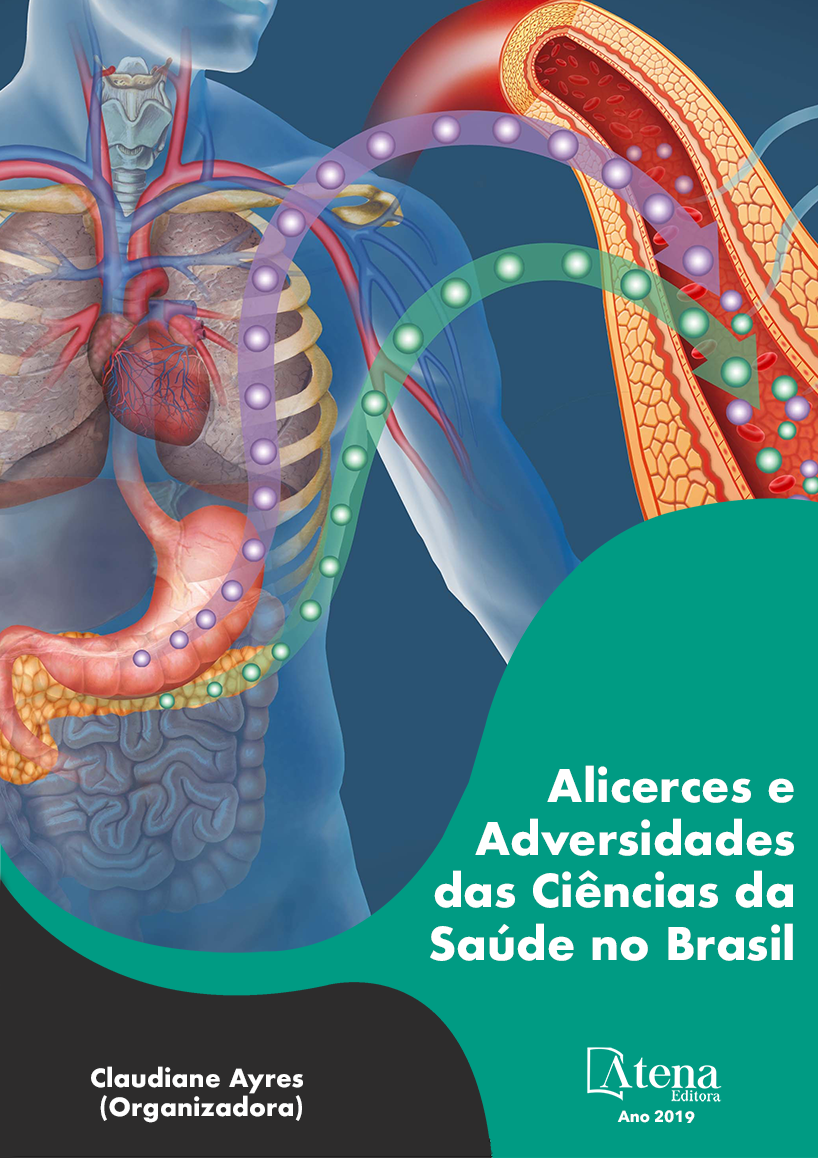
ESTUDO DA INFLUÊNCIA DA TEMPERATURA NA SÍNTESE DE TORULARODINA E NA MELHOR PROPORÇÃO DE PIGMENTOS INTRACELULARES EM Sporobolomyces ruberrimus
RESUMO: Os carotenoides são biomoléculas que podem ser produzidas por vários microrganismos e plantas. Eles possuem uma ação antioxidante no corpo humano, protegendo células contra radicais livres e agentes oxidantes. A levedura Sporobolomyces ruberrimus é capaz de produzir três pigmentos: β-caroteno (cor laranja), toruleno (cor amarela) e torularodina (cor vermelha). Os cultivos foram realizados em frascos Erlenmeyers de 500 mL com 150 mL de meio otimizado com 10% de inóculo da levedura e agitação em shaker. No primeiro capítulo foi realizada a análise do meio de cultura contendo glicose esterilizada separadamente e outra com glicose (20 % p/v) homogeneizado ao meio de cultura, mantendo agitação em 180 rpm e temperatura de 28°C. No segundo capítulo foi realizado análises de crescimento celular de S. ruberrimus nas temperaturas de 20, 23, 26 e 29°C em 180 rpm e posteriormente extração de carotenoides para a quantificação de carotenoides totais. Neste trabalho, após o crescimento da biomassa no intervalo de quatro dias, a lise mecânica foi feita por pérolas de vidro e a extração dos carotenoides foi realizada com acetona e hexano (9:1) e mensurada em espectrofotômetro entre 330 e 550 nm. A glicose esterilizada separadamente e depois incorporada produziu mais biomassa enquanto a esterilizada junto produziu maior quantidade de pigmentos, mantendo agitação em 180 rpm e temperatura em 27°C. Dentre as quatro temperaturas testadas (20, 23, 26 e 29°C), a temperatura de 23°C teve a maior absorbância na quantificação de pigmentos o que indica possivelmente uma maior produção da torularodina.
ESTUDO DA INFLUÊNCIA DA TEMPERATURA NA SÍNTESE DE TORULARODINA E NA MELHOR PROPORÇÃO DE PIGMENTOS INTRACELULARES EM Sporobolomyces ruberrimus
-
DOI: 10.22533/at.ed.94519030914
-
Palavras-chave: Palavras-chave: Torularodina, Sporobolomyces ruberrimus, Carotenoides.
-
Keywords: Keywords: Torularhodin, Sporobolomyces ruberrimus, Carotenoids
-
Abstract:
ABSTRACT: Carotenoids are biomolecules that can be produced by many microorganisms and plants. They protect cells from oxidative reactions and free radicals that can be toxic to human organism. The yeast Sporobolomyces ruberrimus is able to produce some pigments like: β-carotene (orange-colored), torulene (yellow-colored) and tolurarhodin (red-colored). The tests were made in 500 mL Erlemeyer flasks containing 150 mL of optimized media and 10% inoculum rate of the yeast. The first chapter was to analyze the influence of availableness of glucose: one solution (20%p/v) sterilized apart from the other nutrients and one sterilized with the other nutrients, at 180 rpm and 28°C. The second chapter was to study the influence of temperature (20, 23, 26, 29°C) in cell grown and production of torularhodin, cultures were grown at 180 rpm in a shaker incubator for four days. After four days of incubation, the mechanical lysis were made using glass beads and pigment extraction were made using acetone and hexane (at 9:1) and posterior reading in spectrophotometer between 330 and 550 nm. The glucose sterilized apart from other media components had better biomass production, but the glucose sterilized with the media had better pigments production in a temperature of 27°C. For the four temperatures that were studied, 23°C had the best absorbance results for torularhodin, with can be understood as a better production of this carotenoid.
-
Número de páginas: 15
- Matheus Gonçalves Severo
- Lígia Alves da Costa Cardoso
- Karen Yuri Feitosa Kanno
- Natalia Namie Stersi
- Priscila Gerlach Freitas
- Brunno Fontanella Bachmann


